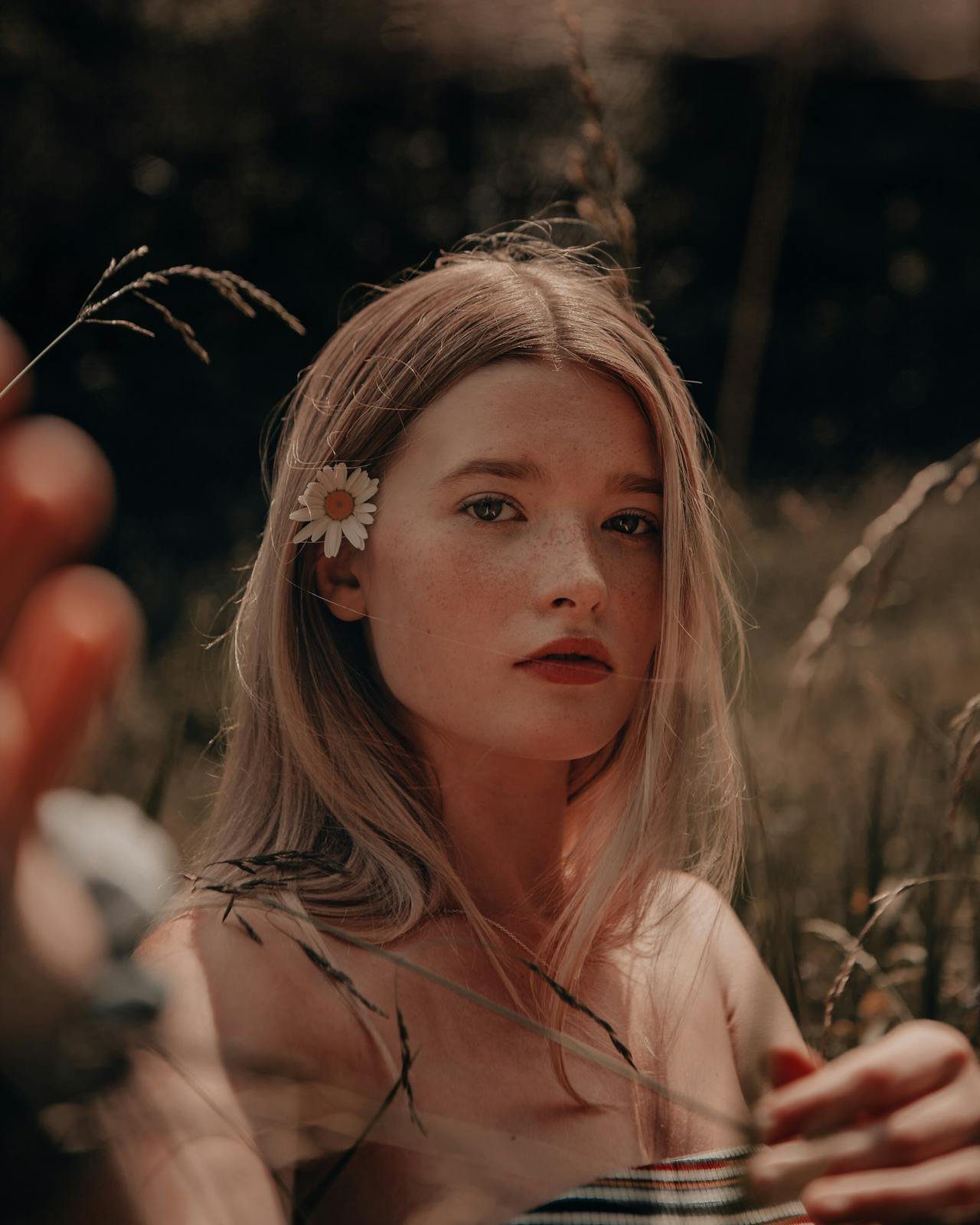Mother’s Day, a day dedicated to honoring mothers and maternal figures, has evolved differently across Asia, influenced by cultural traditions, religious beliefs, and historical events. While the modern celebration of Mother’s Day, often observed on the second Sunday of May, was popularized by Western influences, many Asian countries have long-standing traditions of honoring mothers.
China: Filial Piety and Mencius’ Mother
In China, Mother’s Day became widely recognized in the late 20th century, influenced by Western customs. However, the concept of honoring mothers has deep roots in Chinese culture, particularly through Confucian values of filial piety.
Some scholars have linked Mother’s Day to the story of Mencius’ mother, an exemplary figure in Chinese history. Mencius, an ancient Confucian philosopher, was raised by his mother, who moved three times to ensure he received the best education. Today, many Chinese people celebrate Mother’s Day by giving gifts, flowers (especially carnations), and spending time with their mothers.
Additionally, some advocates have suggested making Mother’s Day a time to promote respect for mothers and the elderly, aligning with Confucian ideals.
Japan: Haha no Hi and the Influence of Empress Kōjun
Japan’s Mother’s Day (母の日, Haha no Hi) was first observed in the early 20th century. It gained popularity in the 1930s, influenced by celebrations honoring Empress Kōjun, the mother of Emperor Akihito. However, during World War II, the celebration was suspended due to nationalist policies. After the war, Japan adopted the second Sunday of May as the official date, following the Western model.
Today, Japanese children express their gratitude by giving red carnations, cooking special meals, and sometimes writing heartfelt letters to their mothers.
India: Diverse Traditions and a Modern Celebration
India does not have a long history of celebrating Mother’s Day in the Western sense, but the concept of honoring mothers is deeply ingrained in Hindu traditions. Hindu festivals such as Durga Puja and Mata Tirtha Aunshi (in Nepal) celebrate the divine and earthly mothers.
The modern Western-style Mother’s Day has been growing in popularity, especially in urban areas, through media influence. Many Indians now observe it by giving gifts and spending time with their mothers.
South Korea: Parents’ Day Instead of Mother’s Day
In South Korea, Mother’s Day is not a separate holiday; instead, the country celebrates Parents’ Day (어버이날, Eobeoinal) on May 8. This tradition started in 1956, when Mother’s Day was initially observed. However, in 1973, the government expanded it to include fathers, creating Parents’ Day as an official national holiday.
On this day, children give their parents red carnations and express gratitude through gifts and acts of service.
Thailand: Honoring the Queen as the Nation’s Mother
In Thailand, Mother’s Day (Wan Mae) is celebrated on August 12, the birthday of Queen Sirikit, the mother of King Vajiralongkorn (Rama X). Since Queen Sirikit is considered the “Mother of the Nation,” her birthday became the official date for Mother’s Day in 1976.
The celebrations include giving white jasmine flowers, public ceremonies, and family gatherings. Many schools and communities also organize events where children show their love and appreciation for their mothers.
Vietnam: Double Celebration on the Seventh Month
Vietnam celebrates Mother’s Day on the second Sunday of May, like many other countries, but traditional Vietnamese culture also honors mothers during the Buddhist holiday Vu Lan (Ullambana), held on the 15th day of the seventh lunar month.
Vu Lan is an occasion for remembering ancestors and showing gratitude to parents, especially mothers. People wear roses—red if their mother is alive, white if she has passed away—symbolizing love and remembrance.
Nepal: Mata Tirtha Aunshi – A Day for Remembering Mothers
Nepal has its own unique tradition of honoring mothers called Mata Tirtha Aunshi (Mother Pilgrimage New Moon), observed on the new moon day of the month of Baisakh (April–May). This day is meant to pay homage to deceased mothers, with rituals performed at sacred water sources.
In recent years, Western-style Mother’s Day celebrations have also become common in Nepal, alongside traditional customs.
Mother’s Day in Asia reflects a blend of Western influences and deep-rooted traditions honoring mothers. Whether it is through Buddhism, Confucianism, Hinduism, or modern practices, the concept of filial respect and maternal appreciation remains universal. While the date and customs vary, the spirit of Mother’s Day—expressing love, gratitude, and respect—remains strong across the continent.
